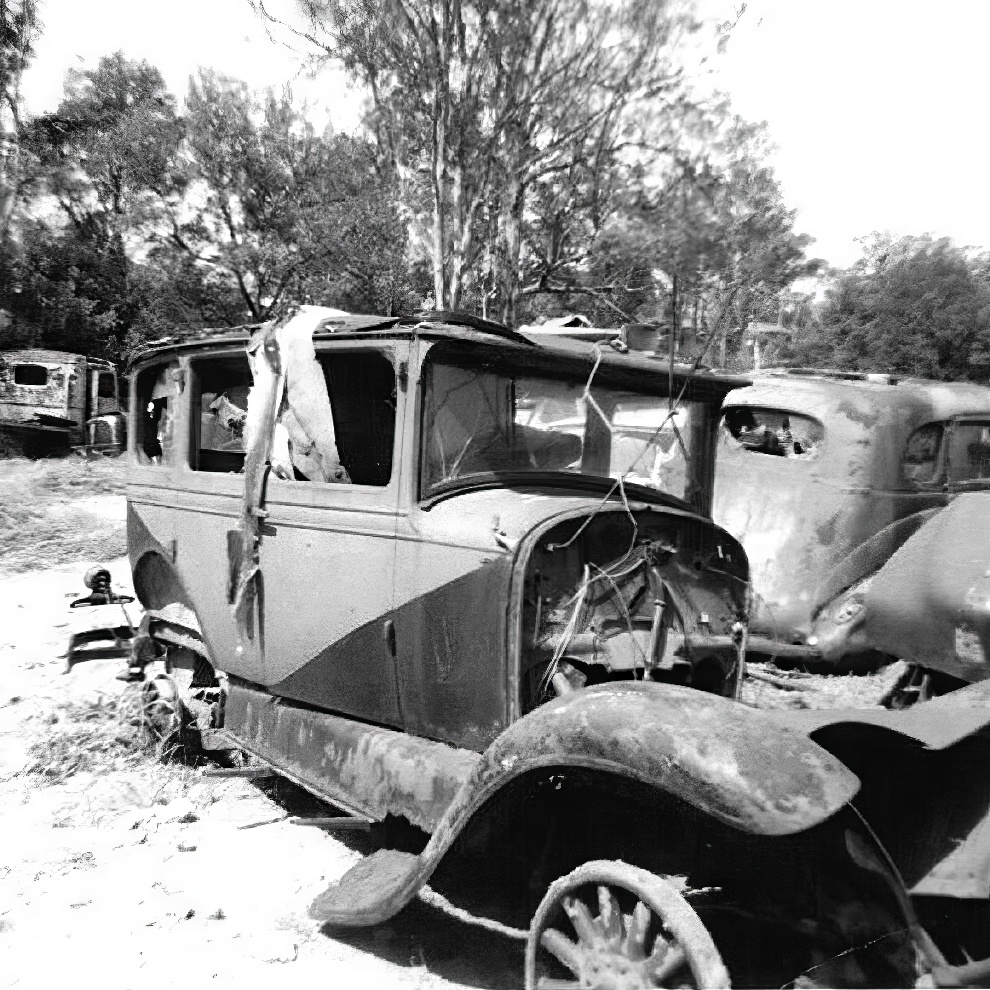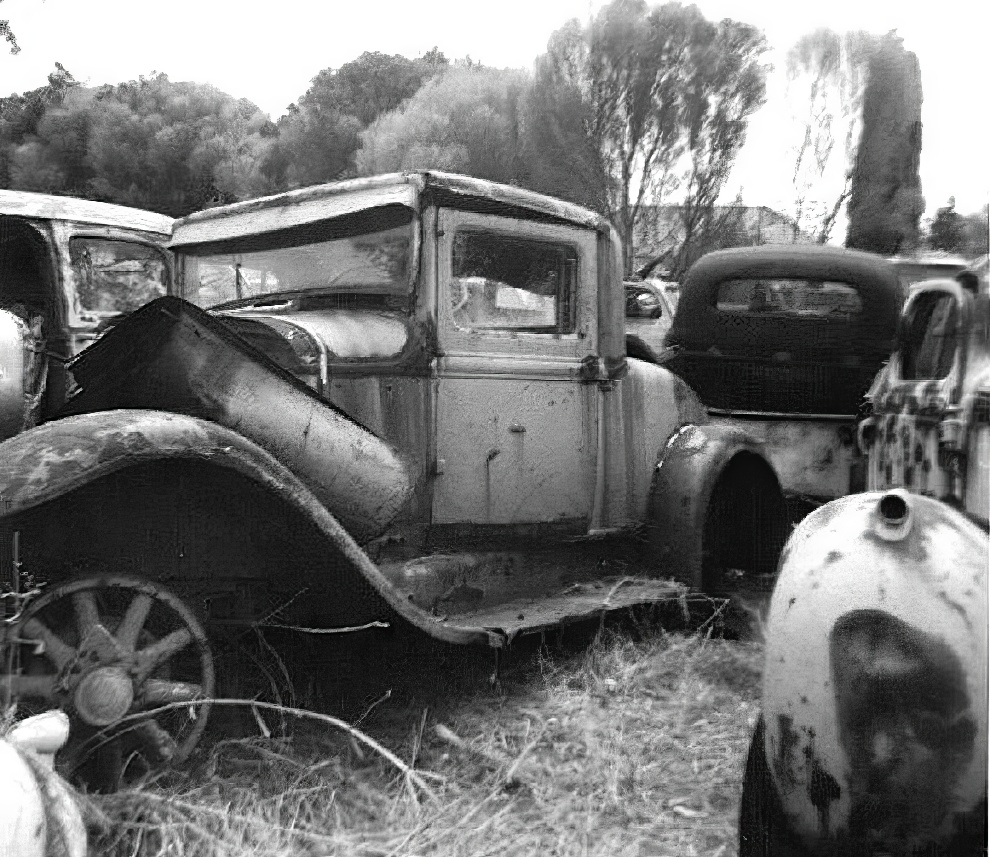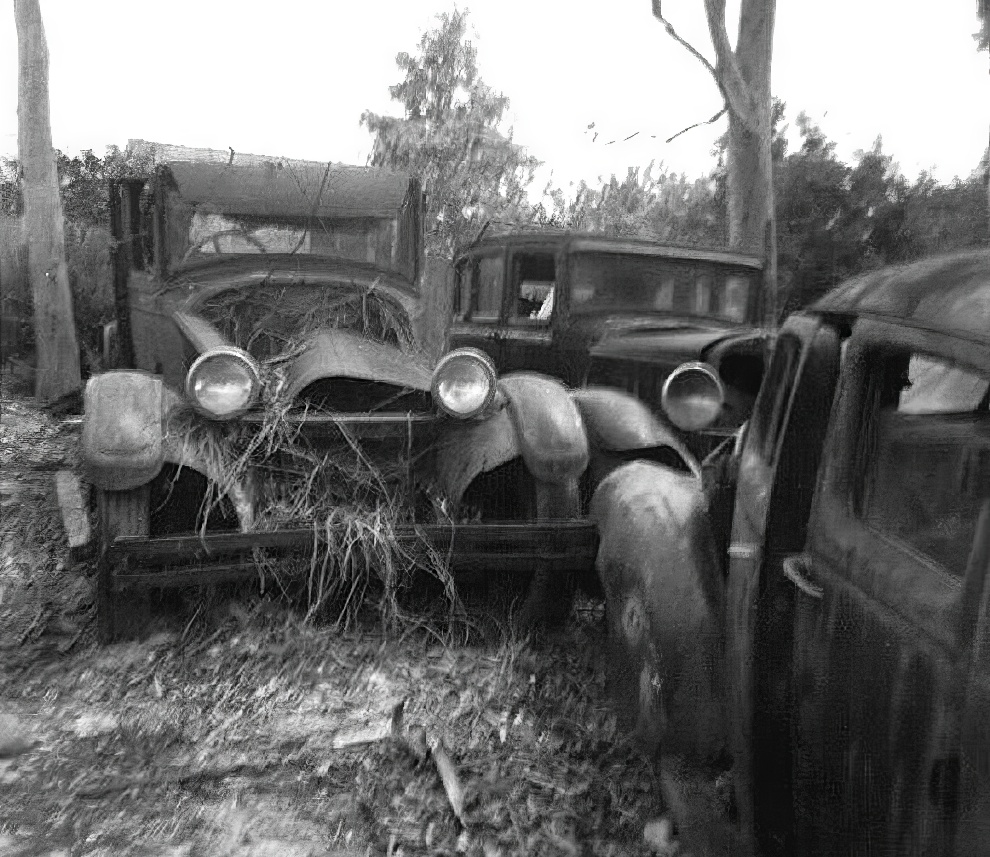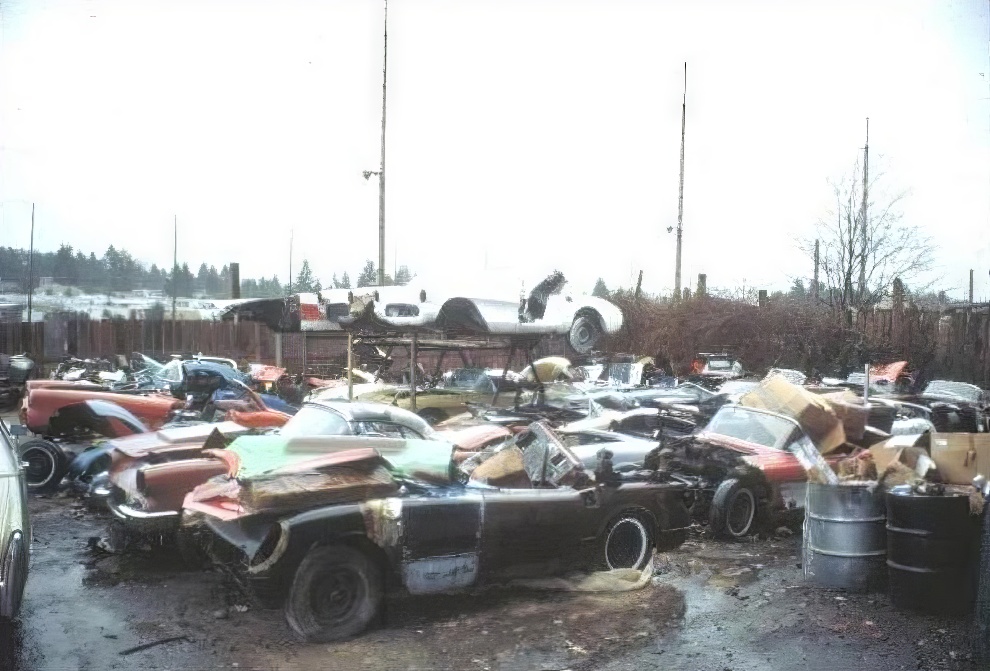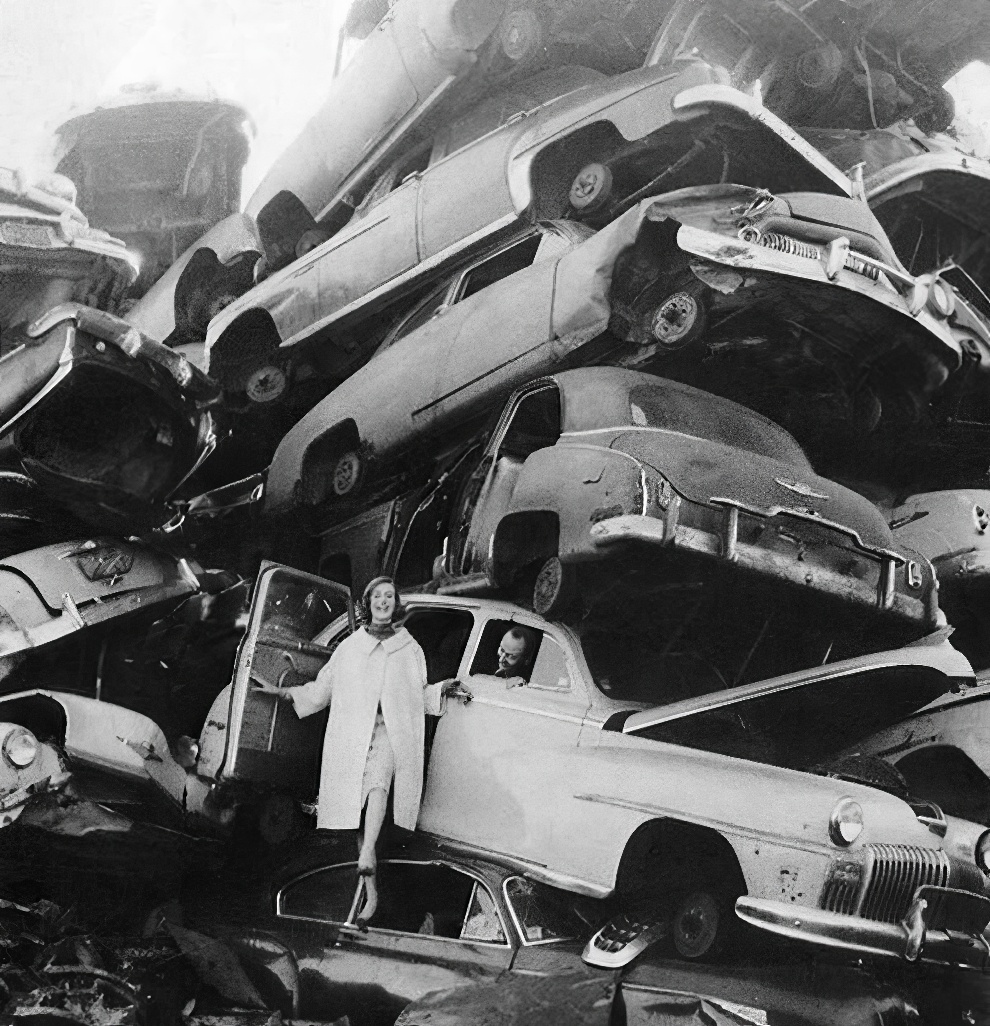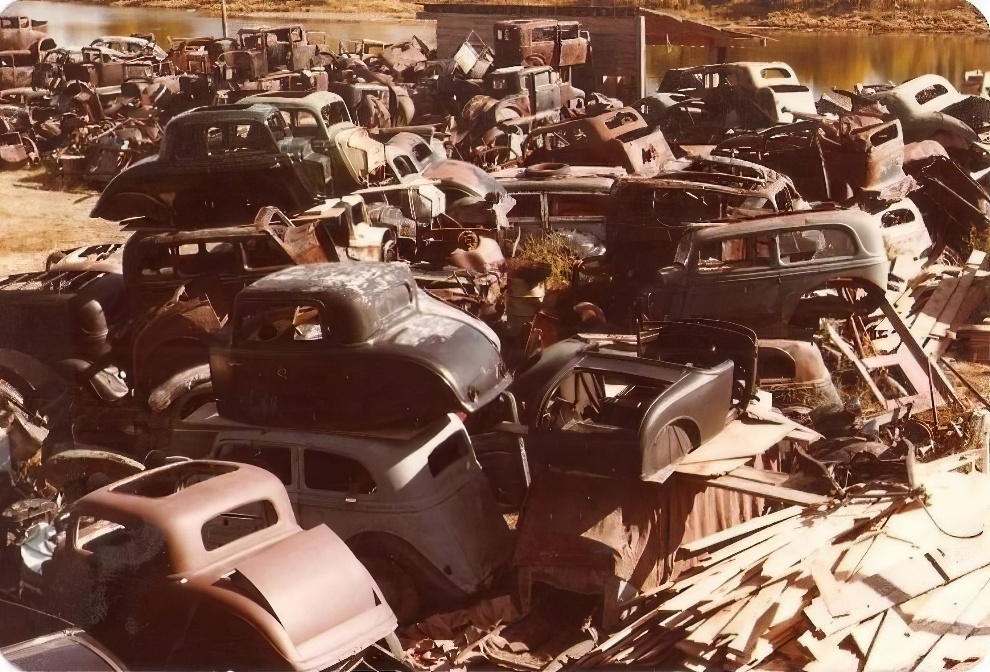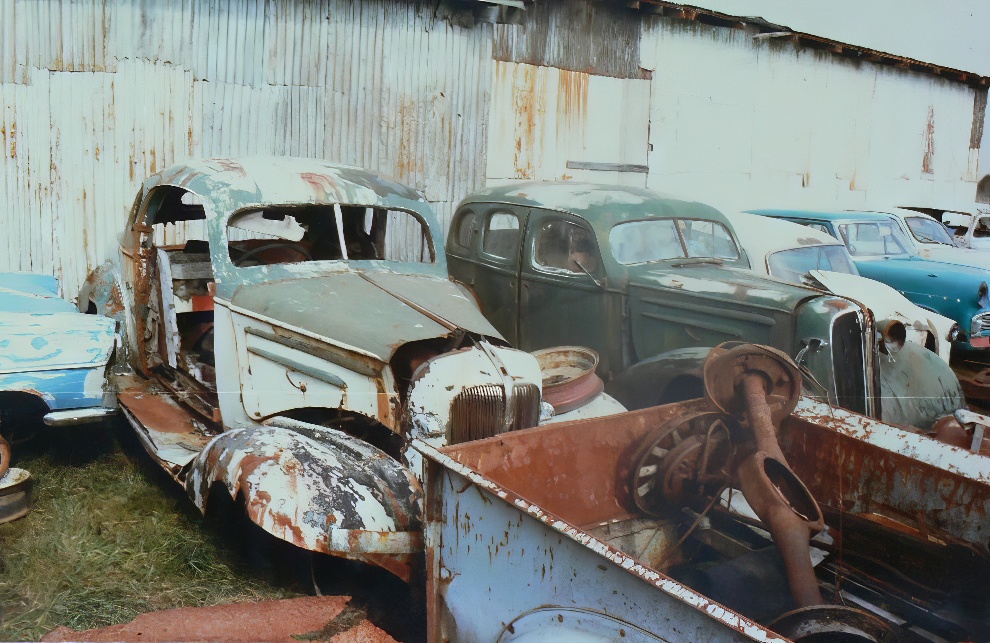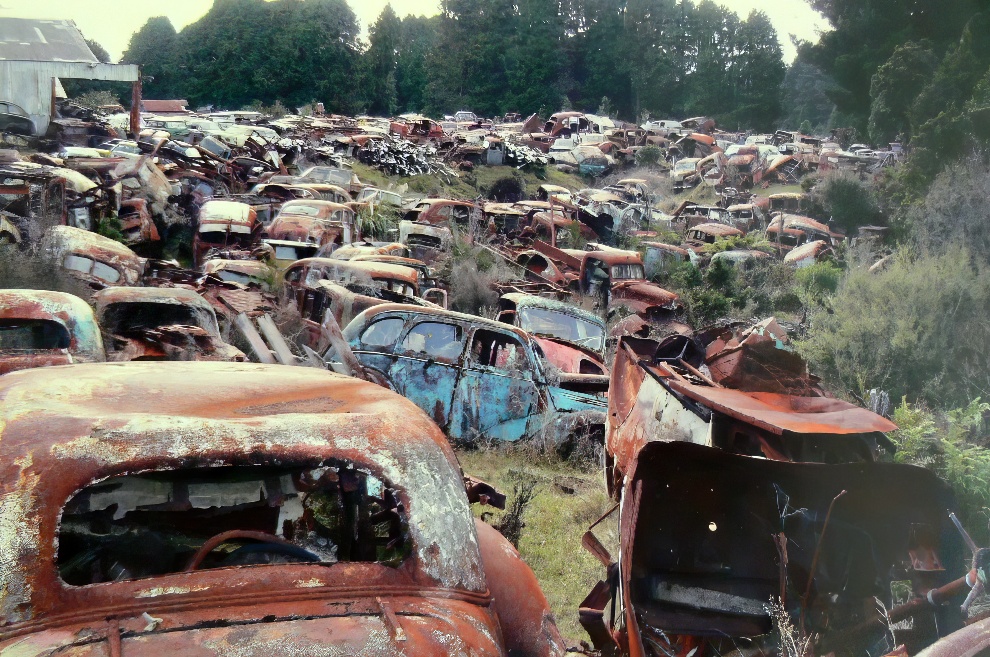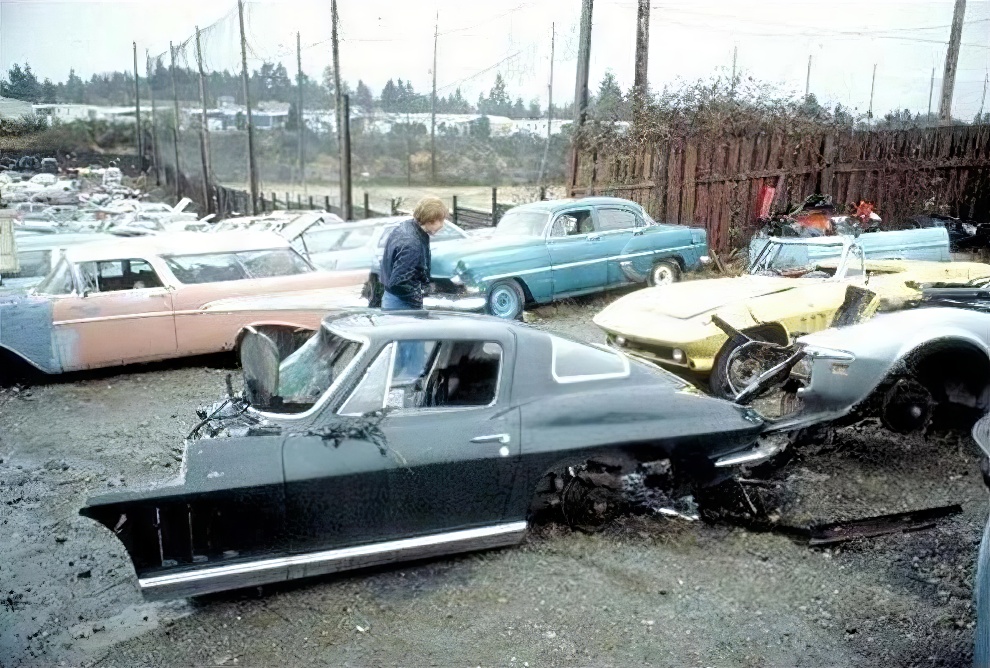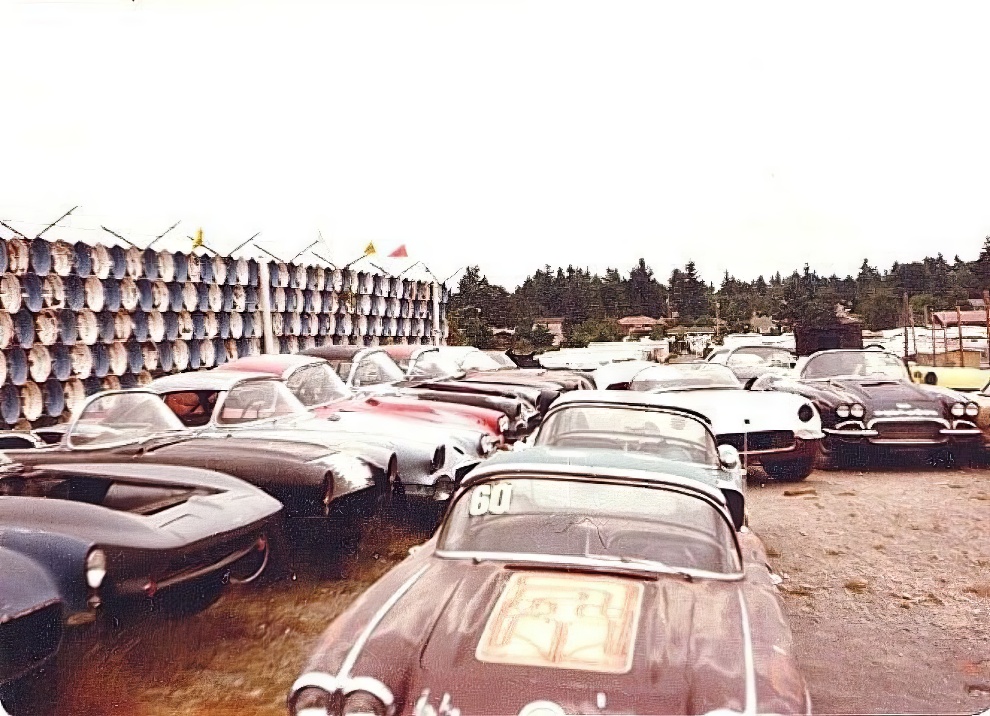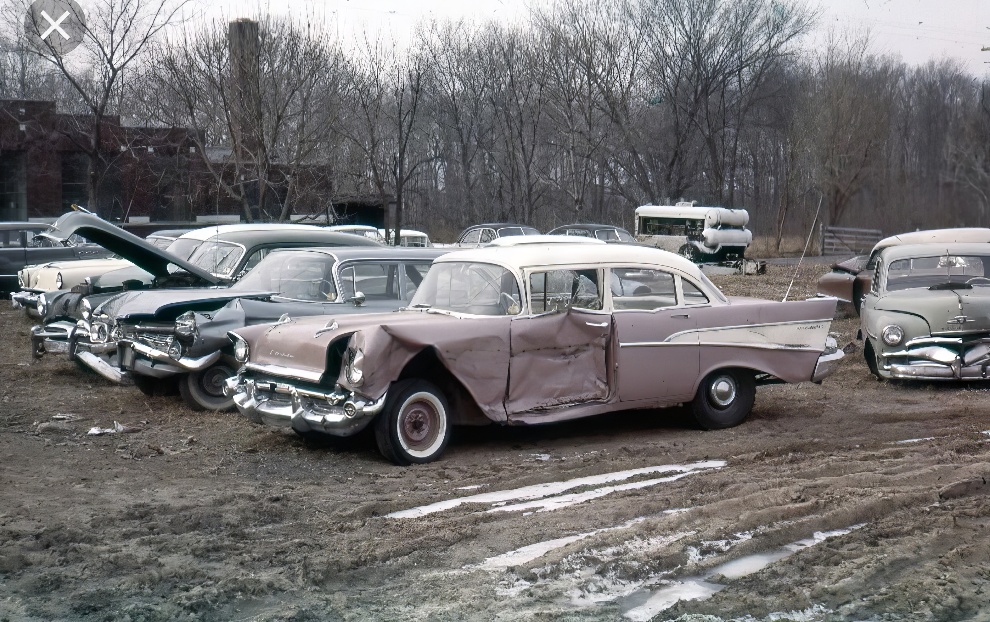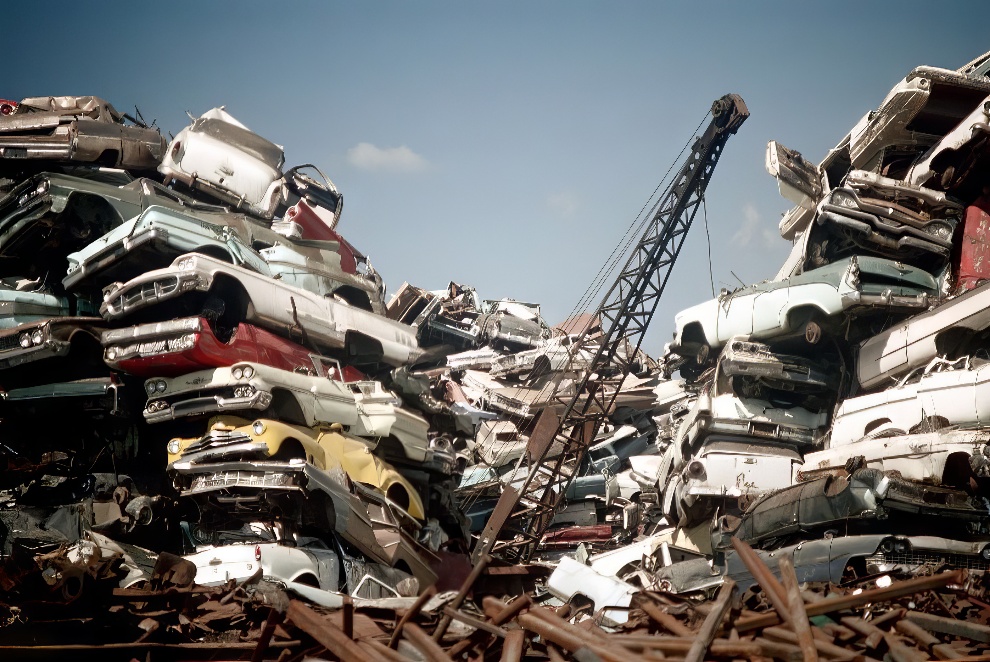The Evolution of Car Junk Yards: From Auto Salvage to Eco-Friendly Hubs
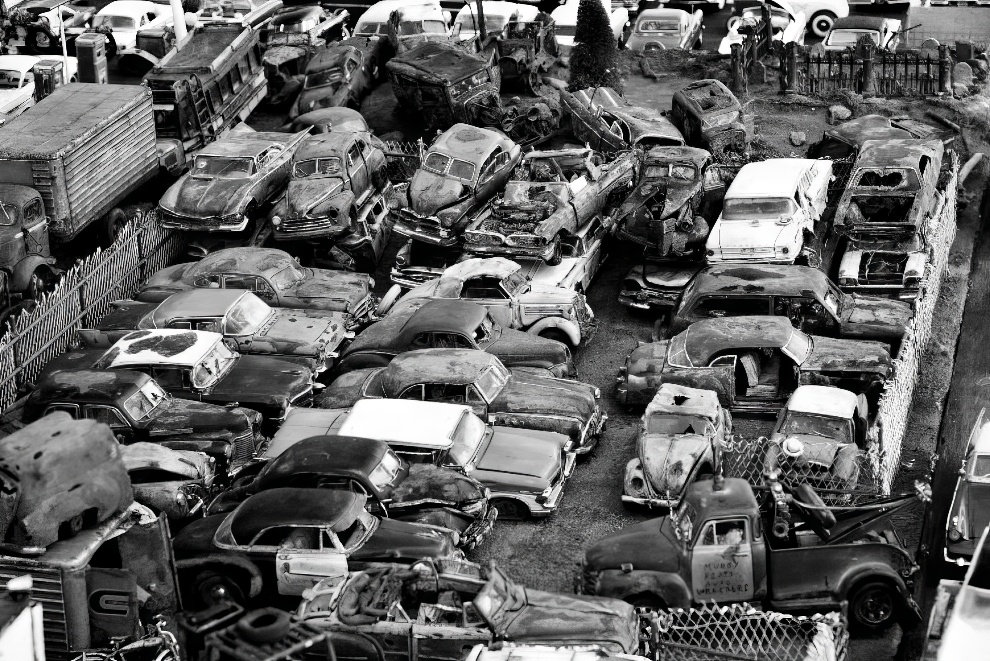
Car junk yards, also referred to as auto salvage yards or scrap yards, boast a rich history spanning several decades. These once-considered final resting places for discarded vehicles have transformed into pivotal centers for recycling and repurposing automotive components.
h/t: vintag.es

In the early 20th century, car junk yards emerged as collection points for wrecked and abandoned vehicles. They functioned as repositories for salvaging functional parts and recycling materials like metal, glass, and rubber. Profit from scrap metal sales took precedence over environmental concerns during this era.
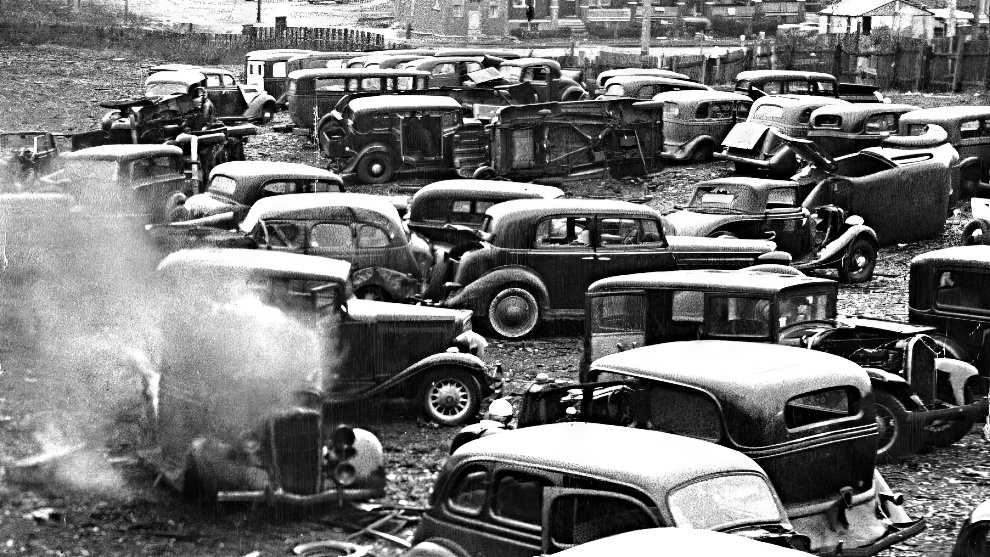
As the automobile industry experienced rapid growth, the demand for spare parts surged, leading to the establishment of specialized auto salvage yards. These yards not only salvaged parts from wrecked vehicles but also engaged in the buying and selling of used cars, providing an affordable option for those seeking cost-effective repairs.
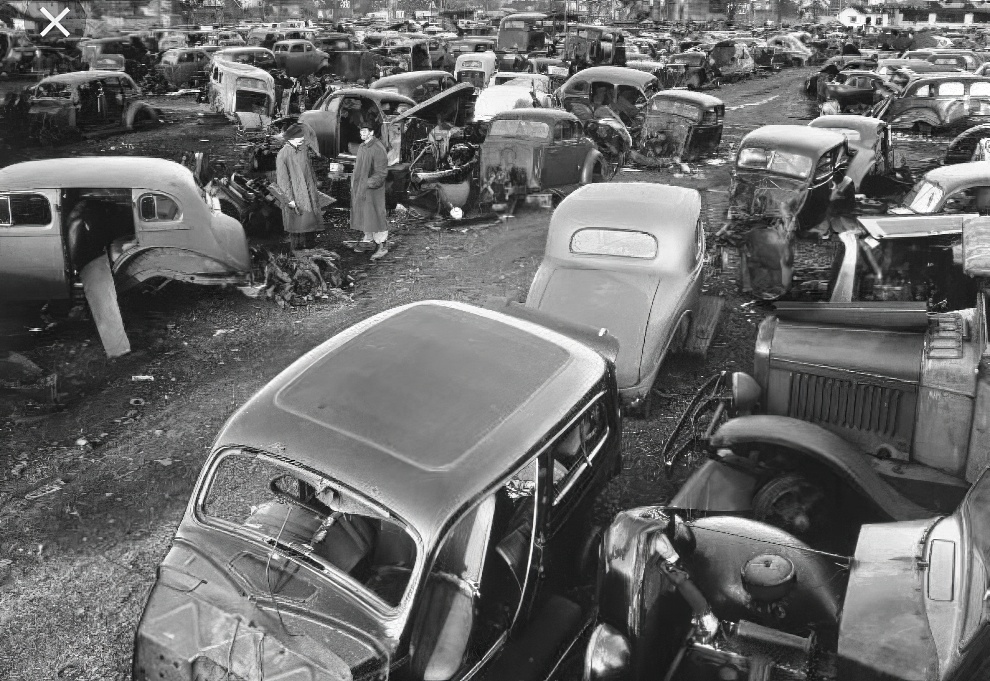
In recent decades, the principles of sustainability and environmental consciousness have reshaped the landscape of car junk yards. Junk car services in Raleigh, TN, and nationwide now prioritize recycling and waste reduction. They diligently adhere to stringent regulations and industry best practices to ensure the safe disposal of hazardous materials and promote responsible dismantling and recycling processes.
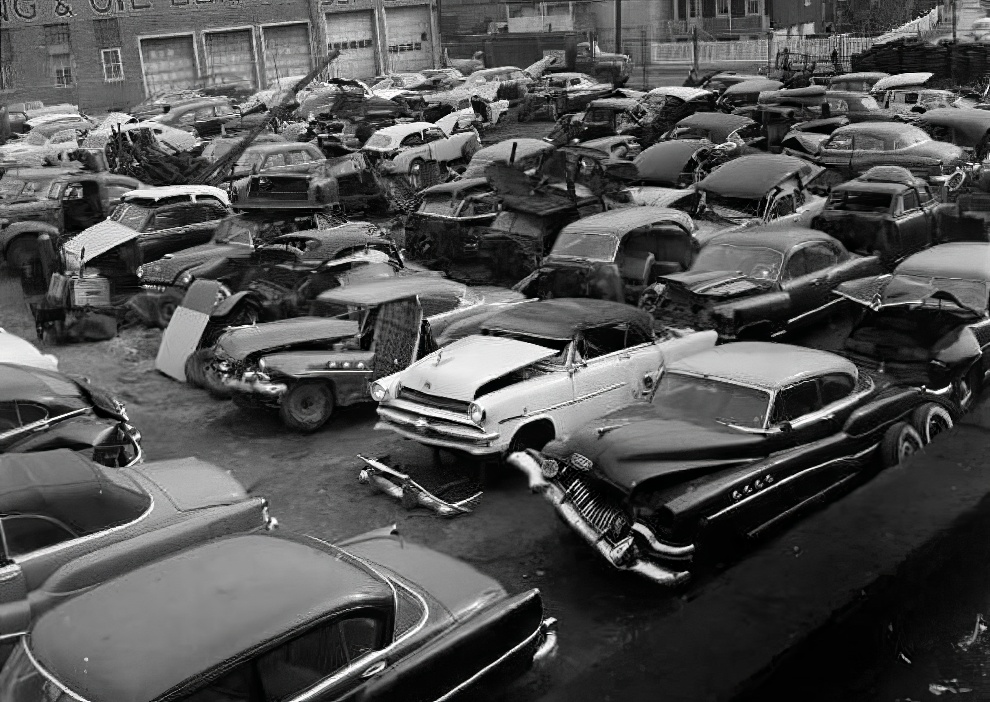
Today, car junk yards have become indispensable contributors to the circular economy. The primary focus has shifted toward the recycling and repurposing of automotive components. Reusable parts are methodically extracted, cataloged, and made readily available to consumers, thereby decreasing the demand for new parts and diminishing the environmental impact of manufacturing.
